Naqsh-e Jahan Square – Must-See. The great squares of the world. Red Square, Times Square, Saint Peter’s Square, Tiananmen Square. These meeting points ooze history. A gathering point for both locals and visitors throughout time.
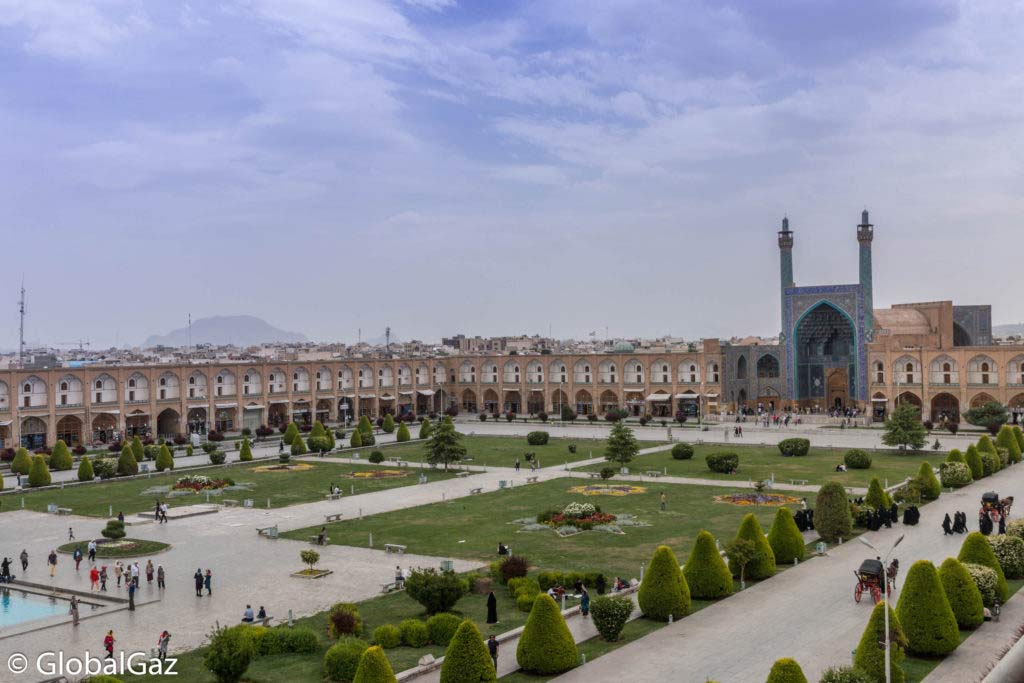
Naqsh-e Jahan Square known as Imam Square should be added to the list of magnificent squares. It is located in Esfahan, Iran. Construction started in the 16th century and today it is a UNESCO World Heritage Site. Esfahan and this square were the home of the new capital built by Shah Abbas the Great and was considered to be the shining star of the Safavid Empire. And today it is the second biggest square in the world after Tiananmen Square.
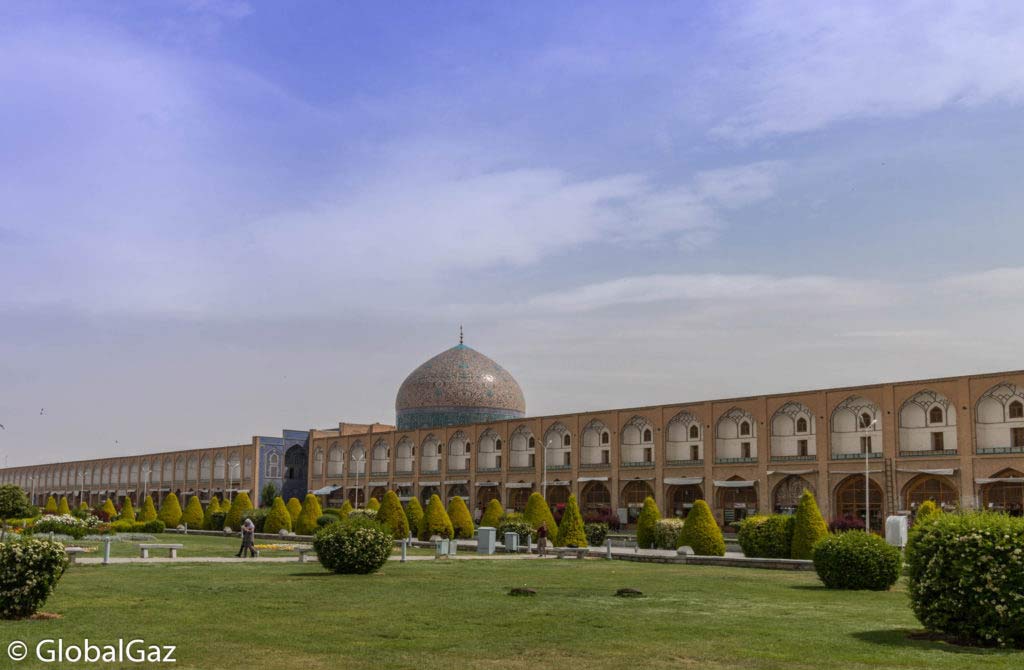
This square is huuuuge (as Donald Trump would boast), nearly one million square feet with dimensions of 560 feet by 1,840 feet. Three major landmarks are found in Naqsh-e Jahan Square. The Shah Mosque is located on the south side, Ali Qapu Palace is on the west side, and Sheikh Lotf Allah Mosque is on the east side.
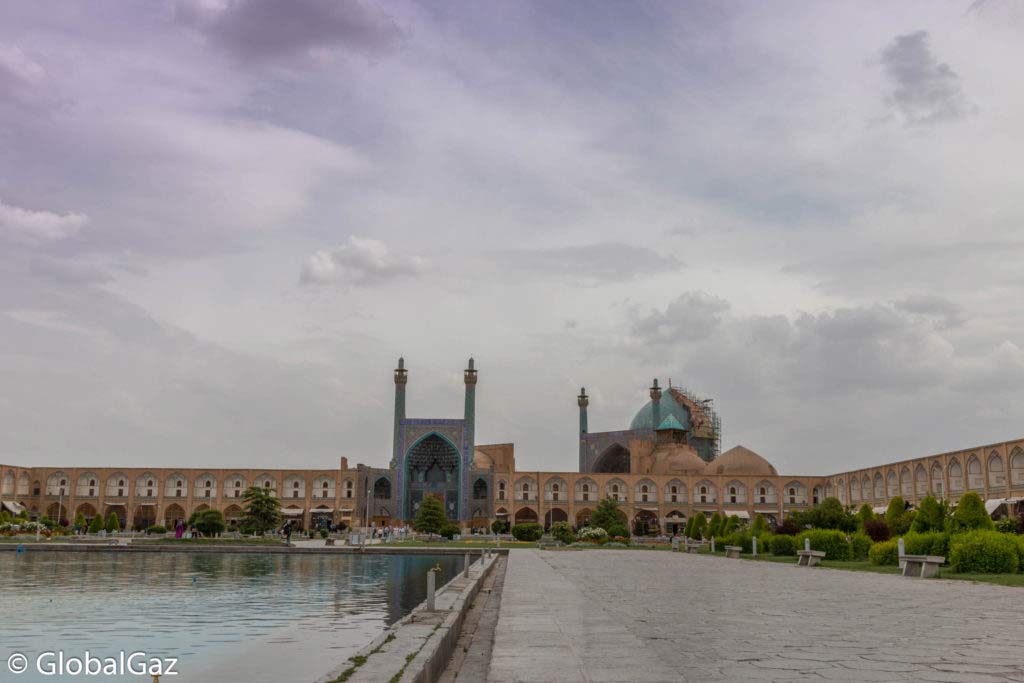
Within the borders of the square is a grassy expanse replete with fountains and horse and carriages. It is perfect for picnicking. The border is an uninterrupted two story row of shops that comprise a bazaar. Esfahan and this Maidan was an integral stop on the Silk Road.
Lotfollah Mosque was the private mosque of the royal court. The mosque has no minarets since no call to prayer is necessary since it was only for the royal family. The exterior of the mosque is relatively sedate compared to the Shah Mosque. But the interior is grandiose in its Persian blue tile work. My neck was sore after stretching to take in the interior of this amazing mosque.
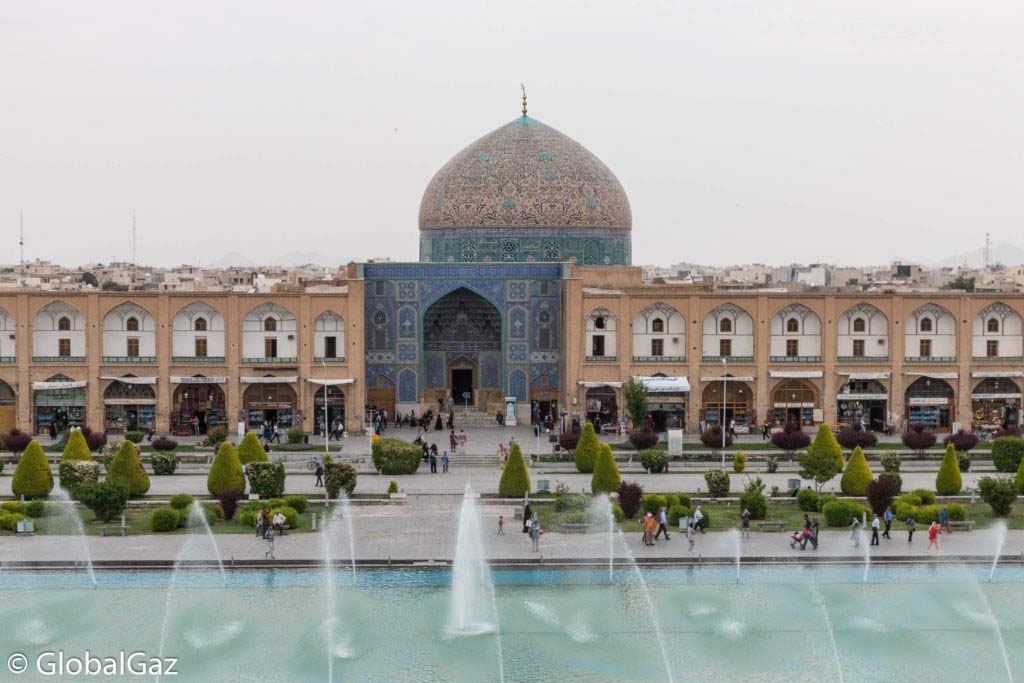
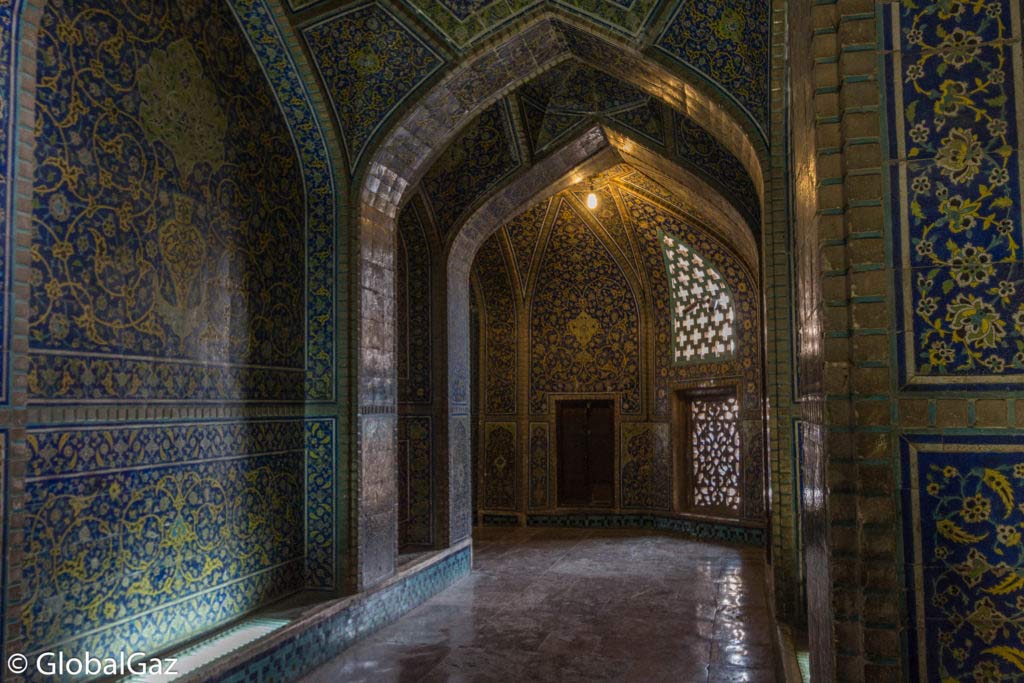
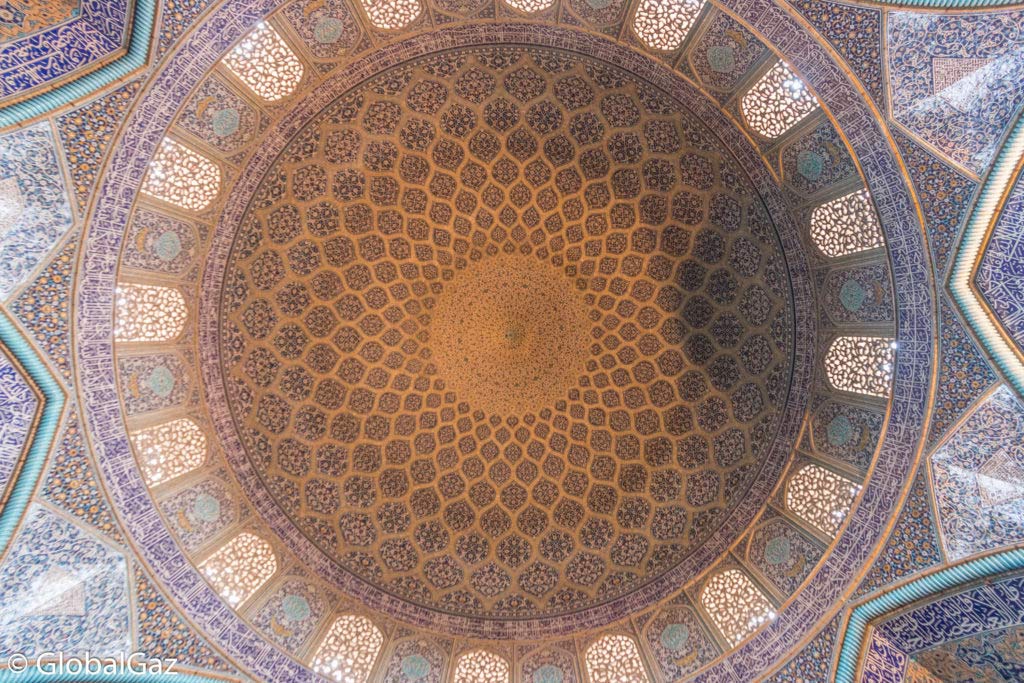
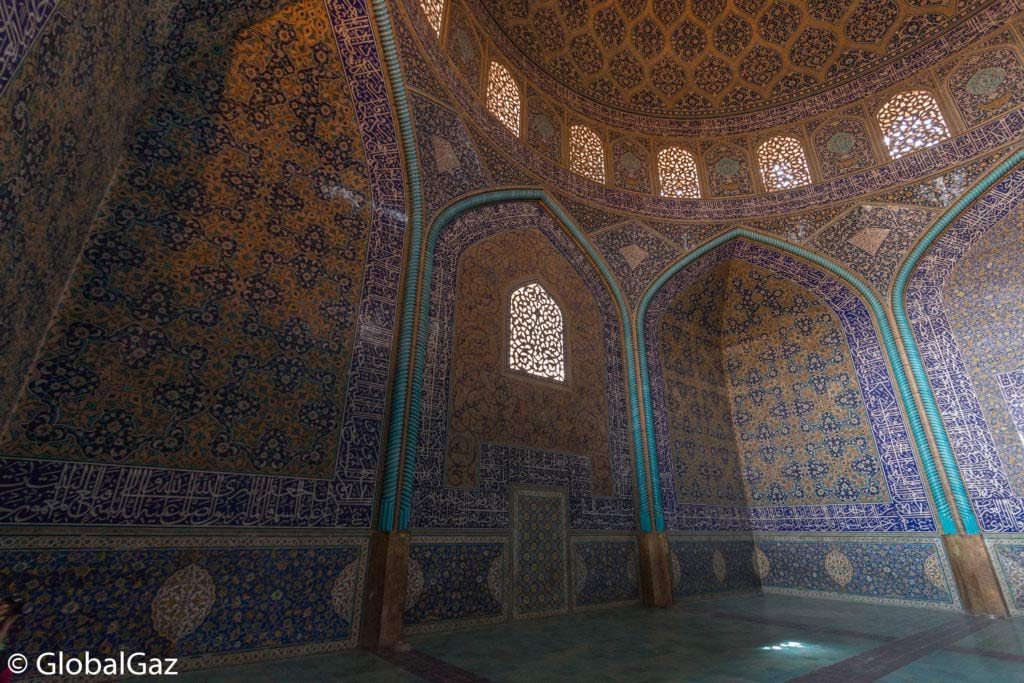
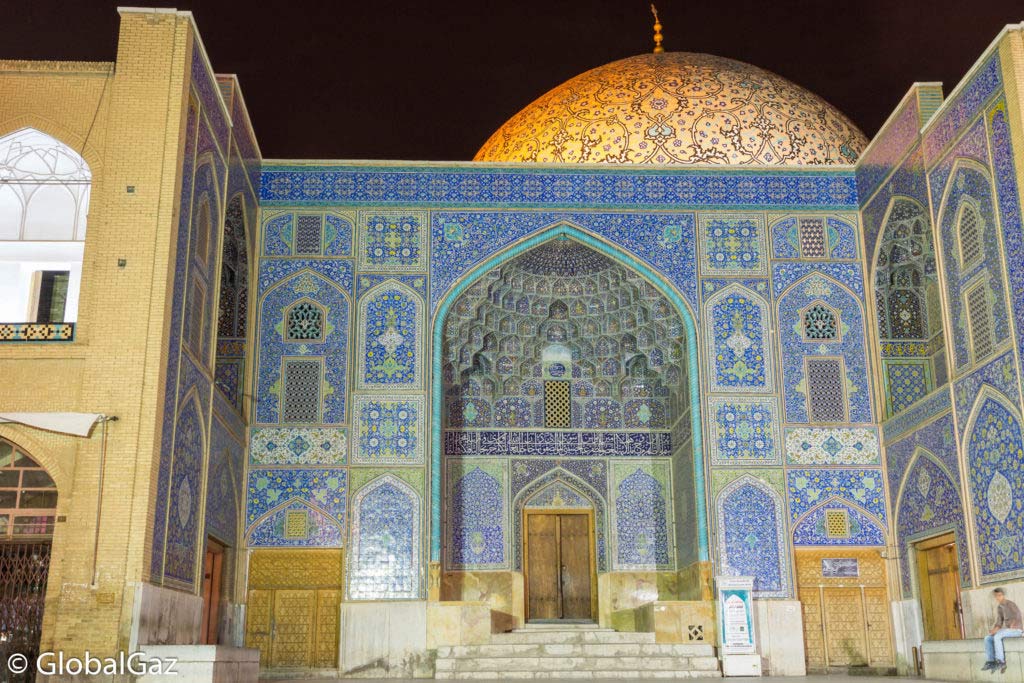
The Shah Mosque began construction in the early 17th century and is considered a masterpiece of Islamic architecture. It stands sentry on the southern side of the square. The highlight is the soaring dome, which reaches over 150 feet high. It was the tallest structure in the city at the time of its completion. The tile work is resplendent. The colors and designs mesh perfectly whether viewing them from the interior or admiring the dome from afar.
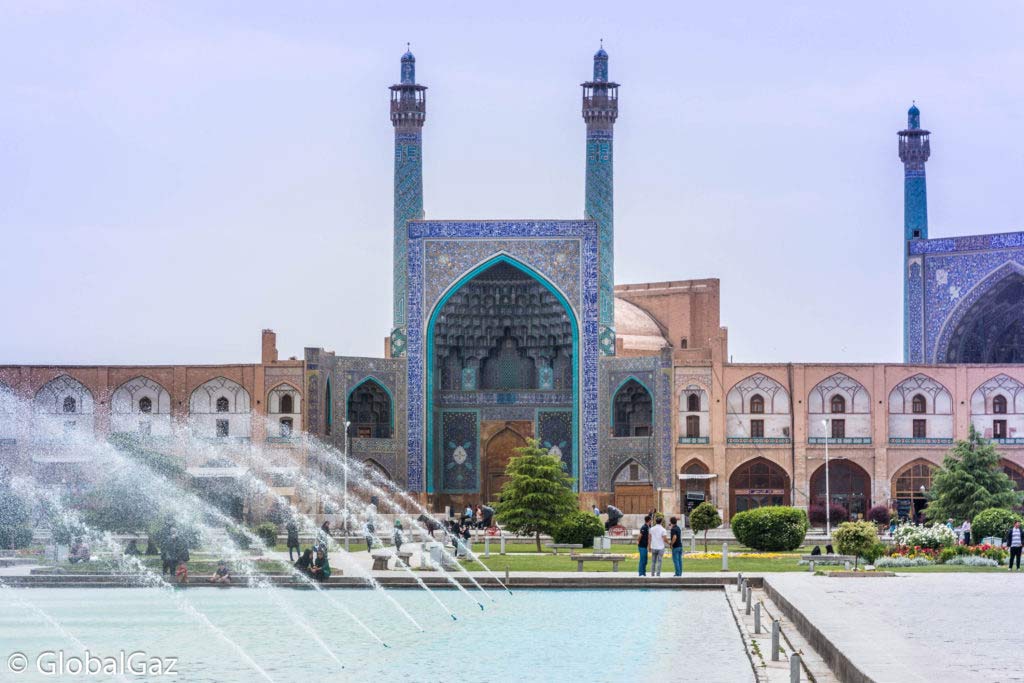
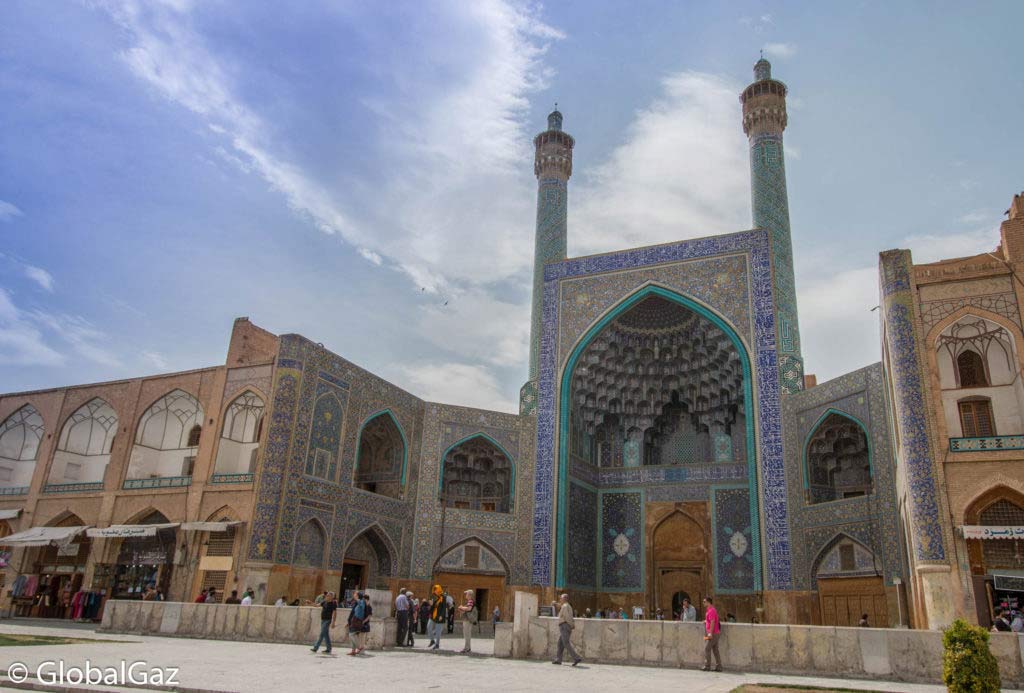
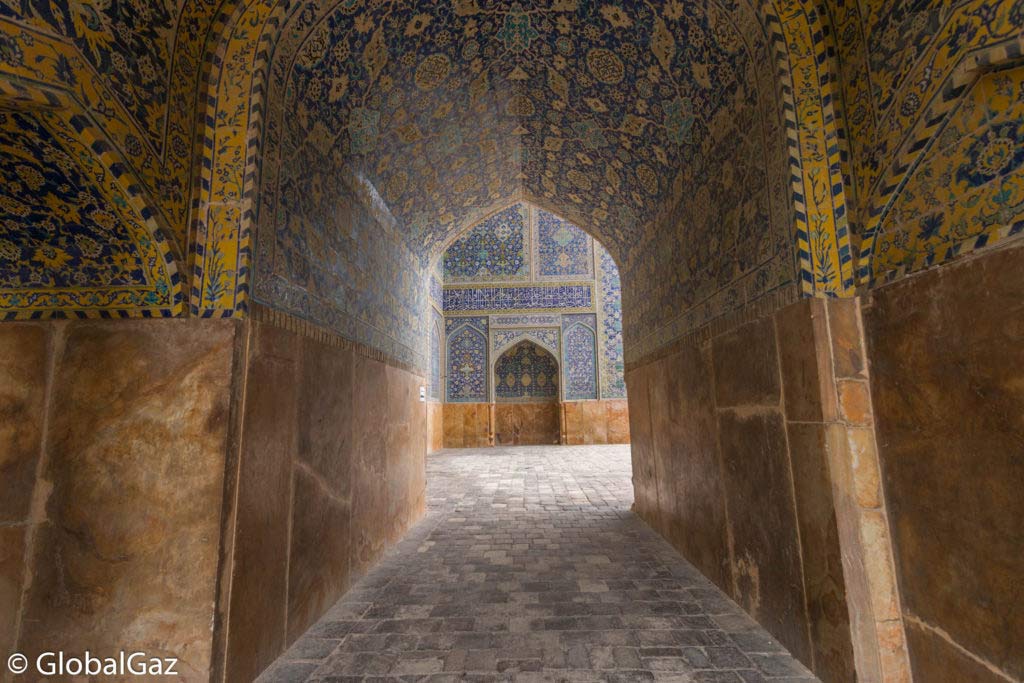
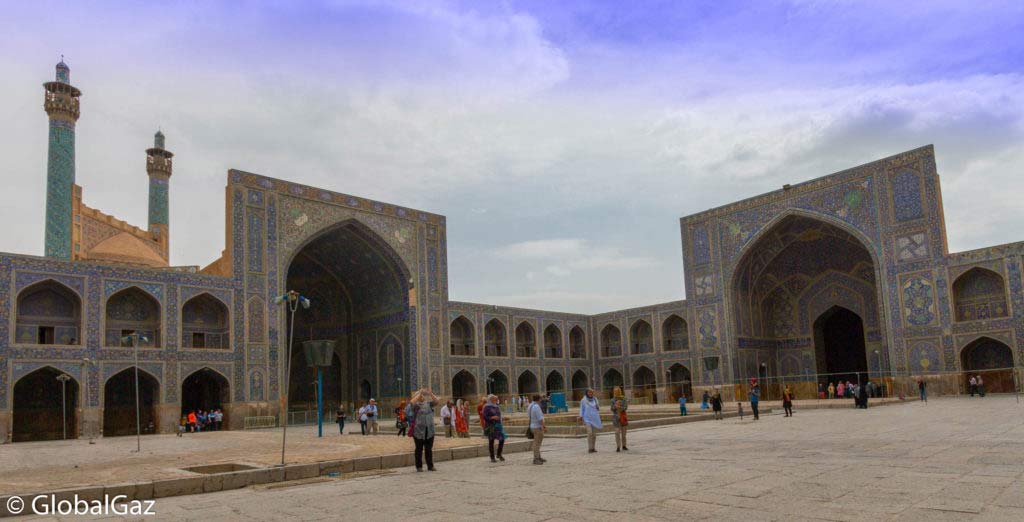
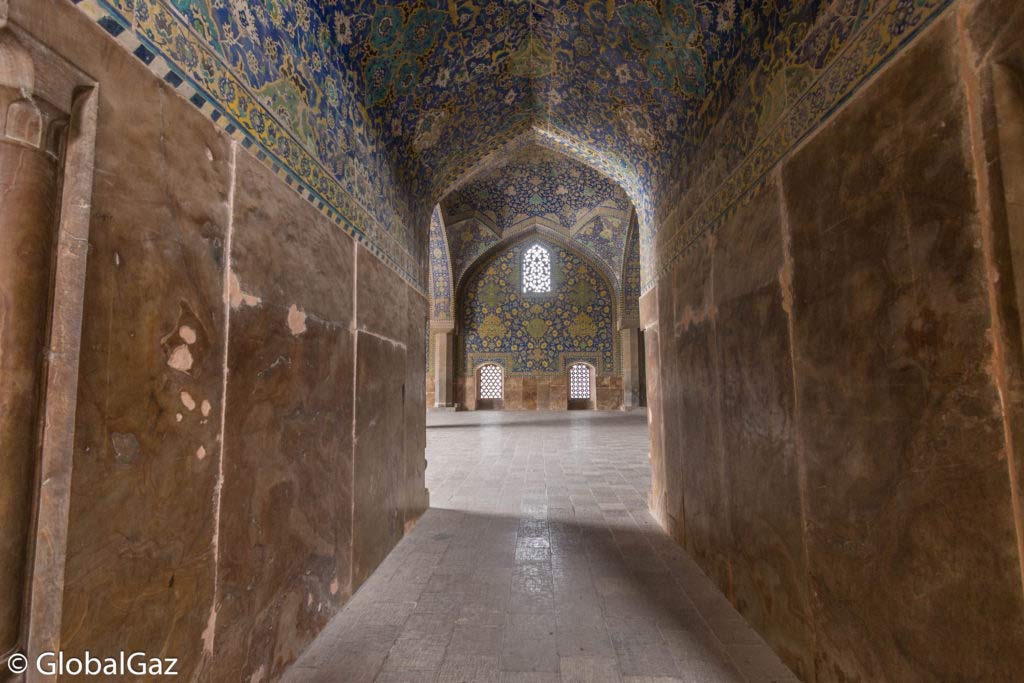
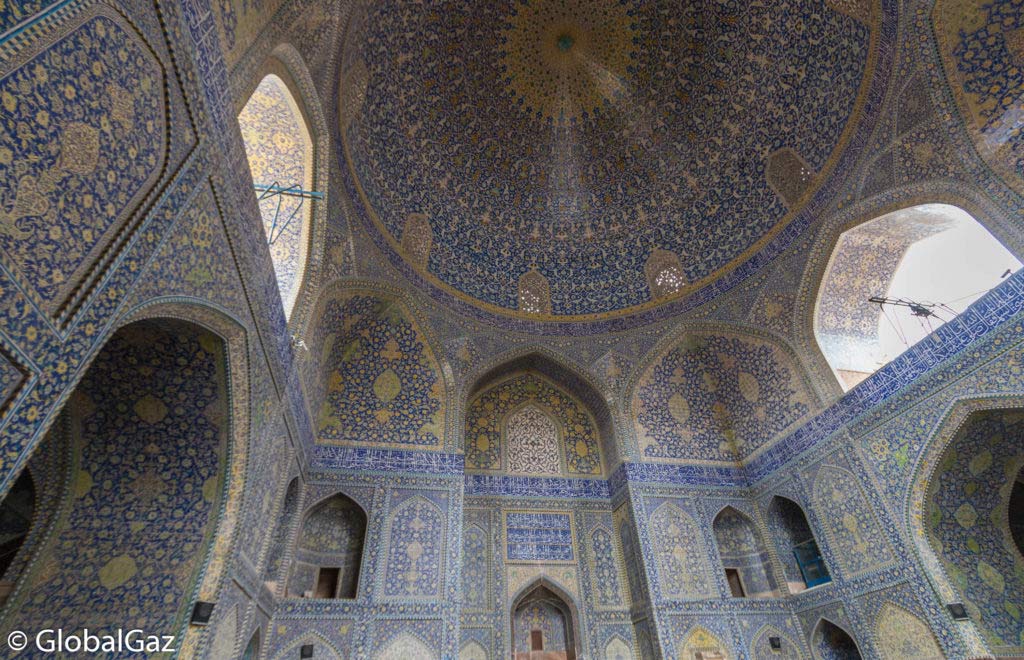
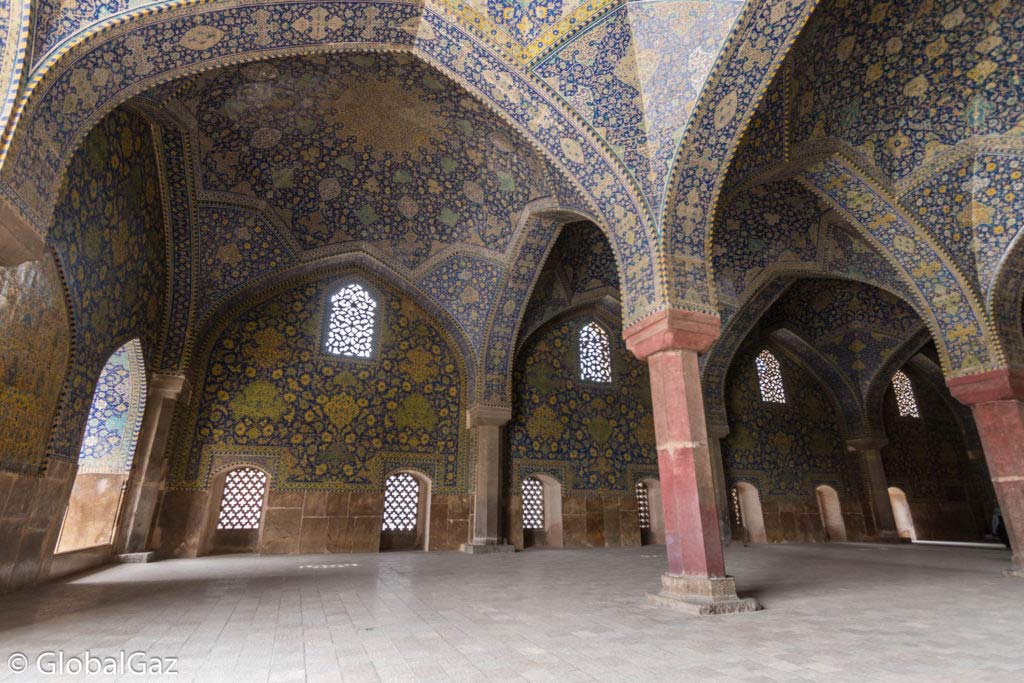
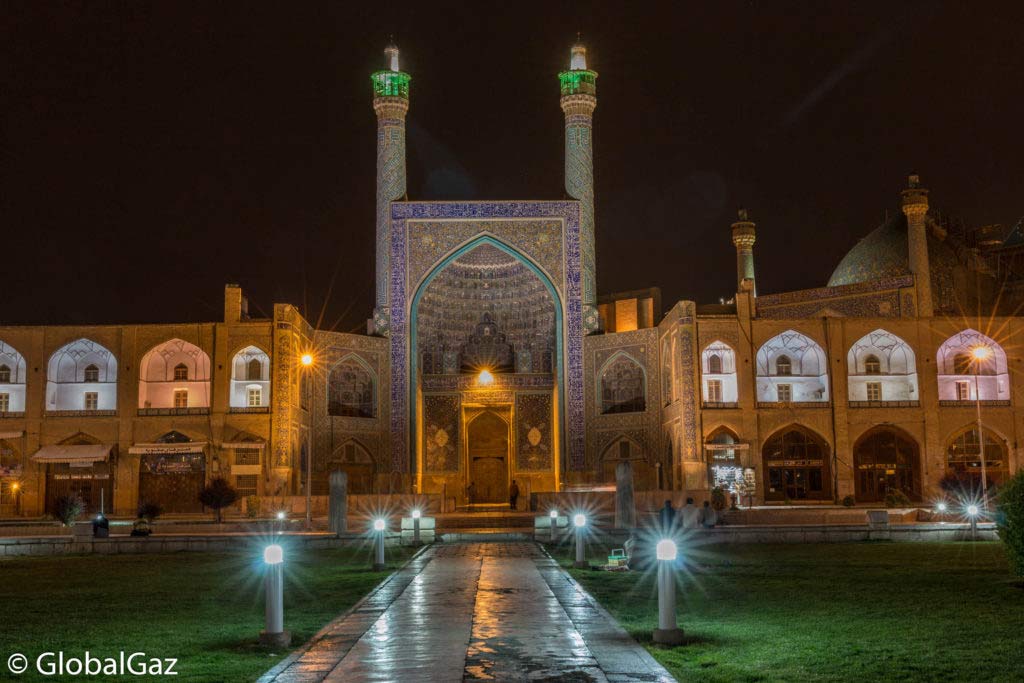
Construction on the Ali Qapu Palace began in the late 16th century and is highlighted by the magnificent open air veranda that overlooks the square. The view from the veranda provides for an incredible panoramic view of the square. And you can imagine over the centuries, member of the royal family surveying their domain and their subjects.
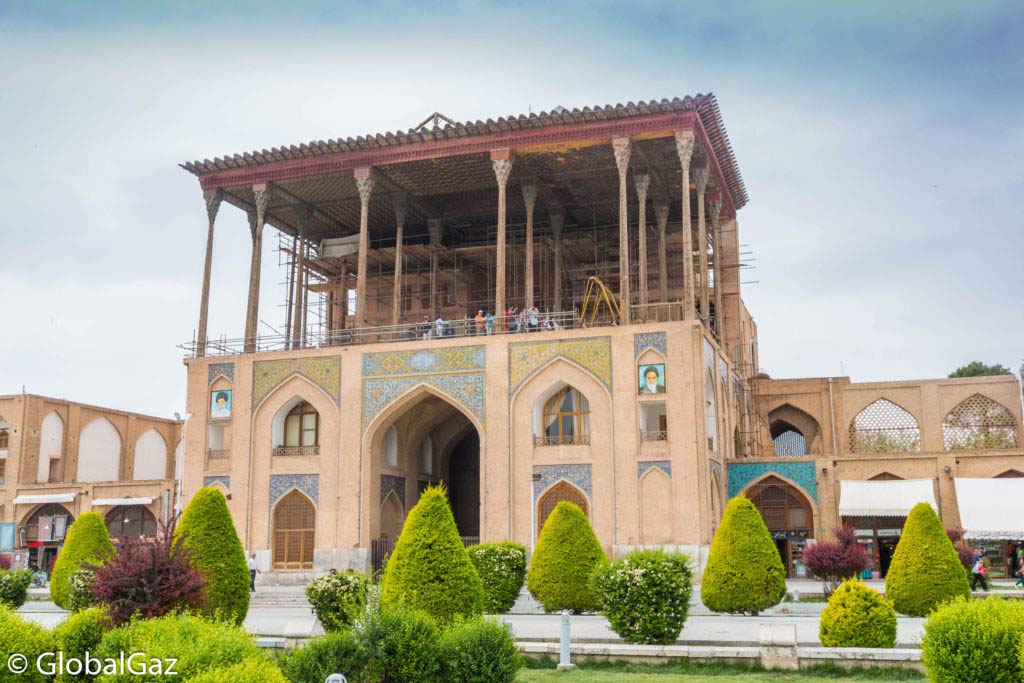
Bazaar of Isfahan is located in the exterior border of the square. And it contains over a mile of shops under its vaulted ceiling. It is one of the oldest bazaars in the Middle East dating back to the origins of the square itself. It is a fantastic place to window shop at local crafts and cool off with an ice cream.
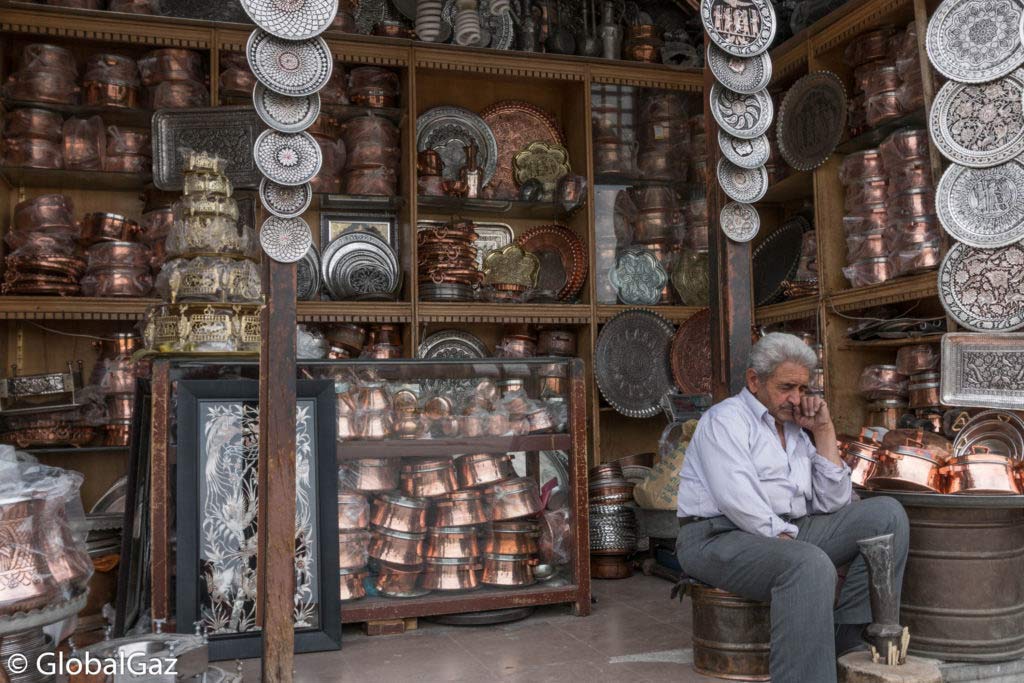
Naqsh-e Jahan Square – Must-See

Photos From Chernobyl
Sign up to receive your free copy of Photos From Chernobyl. Over 100 photos from the Chernobyl Exclusion Zone.



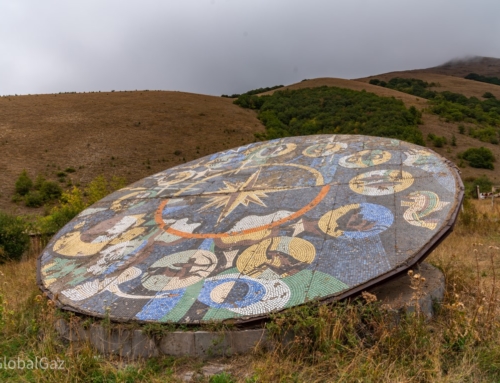


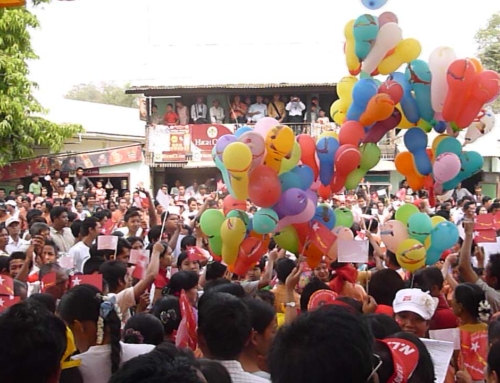
The interior of these mosques is amazing! I’ve seen photos of it before but never realized that it was on such a huge square.
Frank (bbqboy)
The beauty is overwhelming, a must-see!!!
I wish I can visit the place soon! What month did you go there, Ric?
I was there late April, early May. A little bit warm on some day, but a great time of year to visit. If you get the opportunity, this is a must visit country!!